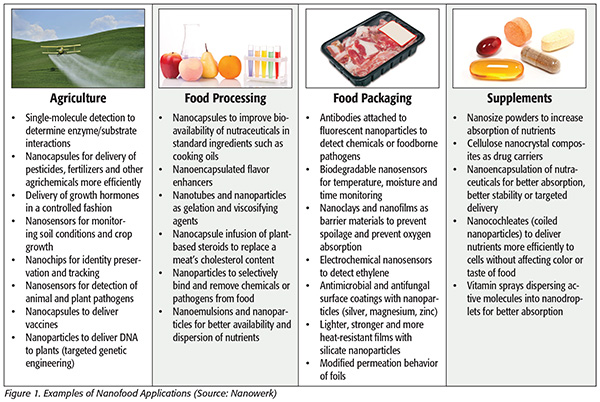“NS Nanotech Opens Canadian Research Centre.” Montréal International, 13 Mar. 2023, www.montrealinternational.com/en/news/ns-nanotech-opens-canadian-research-centre/. Accessed 24 May 2024
Nanotech is often depicted as this futuristic concept that can only be achieved hundreds of years into the future. However, after watching the lecture videos and reading more about nanotech, I have realized that we are actually so close to new advancements in nanotech that can improve the way we think about art. In lecture 3, Dr. Gimzeweski discusses the topic of “nanomaterials” and how they have actually been present for hundreds of years. He mentions instances where nanotech was used such as in elegant chalices and stained glass windows. However, the most important part of this lecture is when Dr. Gimzeweski what nanoteh/nanomaterials actually do; they can create liquids into solids or make stable materials combustible. In lecture 6, Dr. Gimzeweski takes it a step further by explaining how nanotech makes its way into foods. It can change the way we eat and think about food, whether it is edible wrapping paper or “interactive, personalized foods” that are specifically made for you.
A. Wallace, Hayes. “Nanotechnology in the Food Industry: A Short Review.” Food Safety RSS, Food Safety, 8 Feb. 2017, www.food-safety.com/articles/5193-nanotechnology-in-the-food-industry-a-short-review. Accessed 24 May 2024
There is the question of how safe it would be to consume foods or food-related items that contain nanotechnology, but in their article, Bhupinder S. Sekhon expresses how nanotech in food can actually promote health additives, longer shelf-lives, and even detect certain food pathogens. In terms of art, I think about how artists can use this kind of technological enhanced food to create designs in cakes, or display a unique pantry to their liking. This form of art is more artistic and expressive compared to other aspects that may incorporate nanotech differently. For example, Jennifer Chu explains that engineers have actually been trying to reduce aircraft emissions by using nanotech to create lighter aircrafts. One way that this is achievable is through a concept, that Chu states is called “forest growth” or “nanostitching.”
“Vantablack: The Darkest Material in the World.” Interesting Engineering, 1 Jan. 1962, interestingengineering.com/innovation/darkest-material-world. Accessed 24 May 2024
Forest growth includes billions of nanotubes that act as a form of strength through its ability to stand as a strong foundation. Oskar Majeswki explains this concept further by mentioning how nanotech and art can be connected. Majeswki uses VantaBlack, the darkest black paint in the world, to show this. A form of art, which includes “forest growth” to portray this effect and can be used by artists in their projects. It is interesting to learn about how nanotech takes on different forms, and contributes to art, but can also improve our daily lives.
Works Cited
Chu, Jennifer. “‘nanostitches’ Enable Lighter and Tougher Composite Materials.” MIT News |
Massachusetts Institute of Technology, 16 Apr. 2016, news.mit.edu/2024/nanostitches-enable-lighter-and-tougher-composite-materials-0416. Accessed 24 May 2024
Gimzewski, Jim. “Nanotech Jim PT3.” YouTube, 21 May 2012, youtu.be/X0HCNiU_108?feature=shared.
Gimzewski, Jim. “Nanotech Jim PT6.” YouTube, 21 May 2012, youtu.be/oKlViSKkPd0?feature=shared.
Majeswki, Oskar. “Nanotechnology and Nanomaterials; Where Science Meets Art.” Nano News, 18 Apr. 2017, blogs.flinders.edu.au/nano-news/2017/04/18/nanotechnology-and-nanomaterials-where-science-meets-art/. Accessed 24 May 2024
Sekhon, Bhupinder S. “Food Nanotechnology - an Overview.” Nanotechnology, Science and Applications, U.S. National Library of Medicine, 4 May 2010, www.ncbi.nlm.nih.gov/pmc/articles/PMC3781769/#:~:text=The%20benefits%20of%20nanofood%2C%20for,and%20less%20labor%2Dintensive%20procedures. Accessed 24 May 2024



Comments
Post a Comment